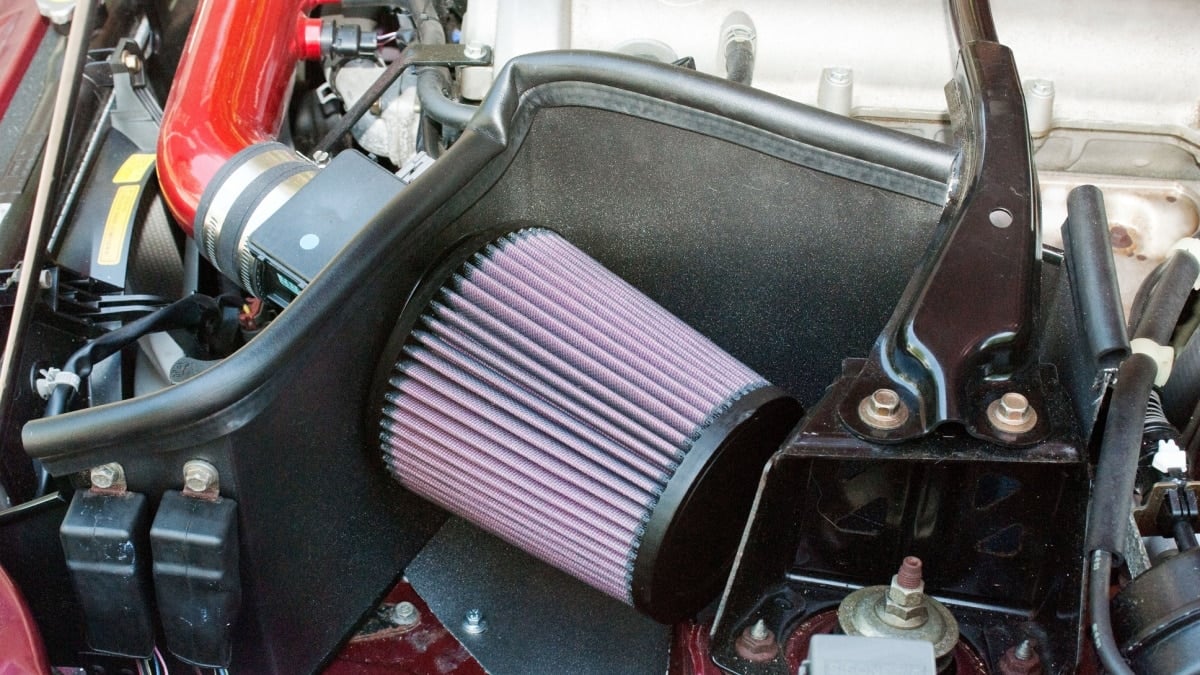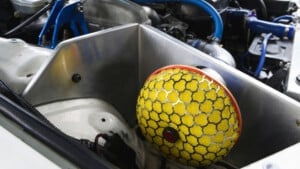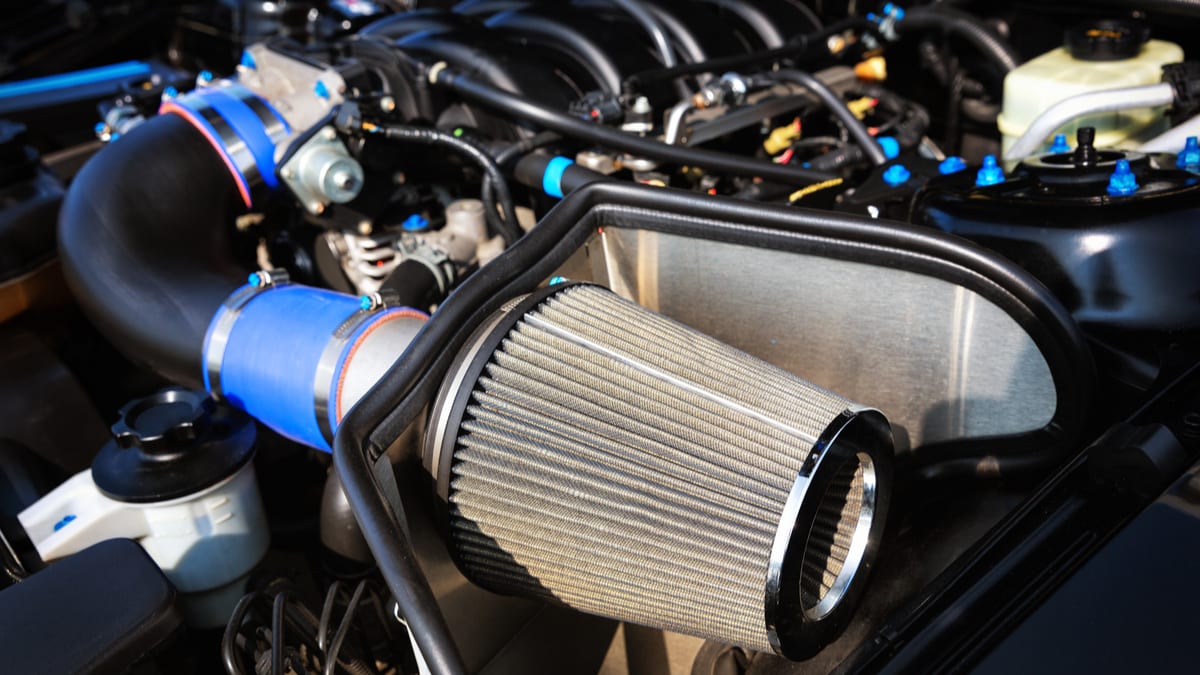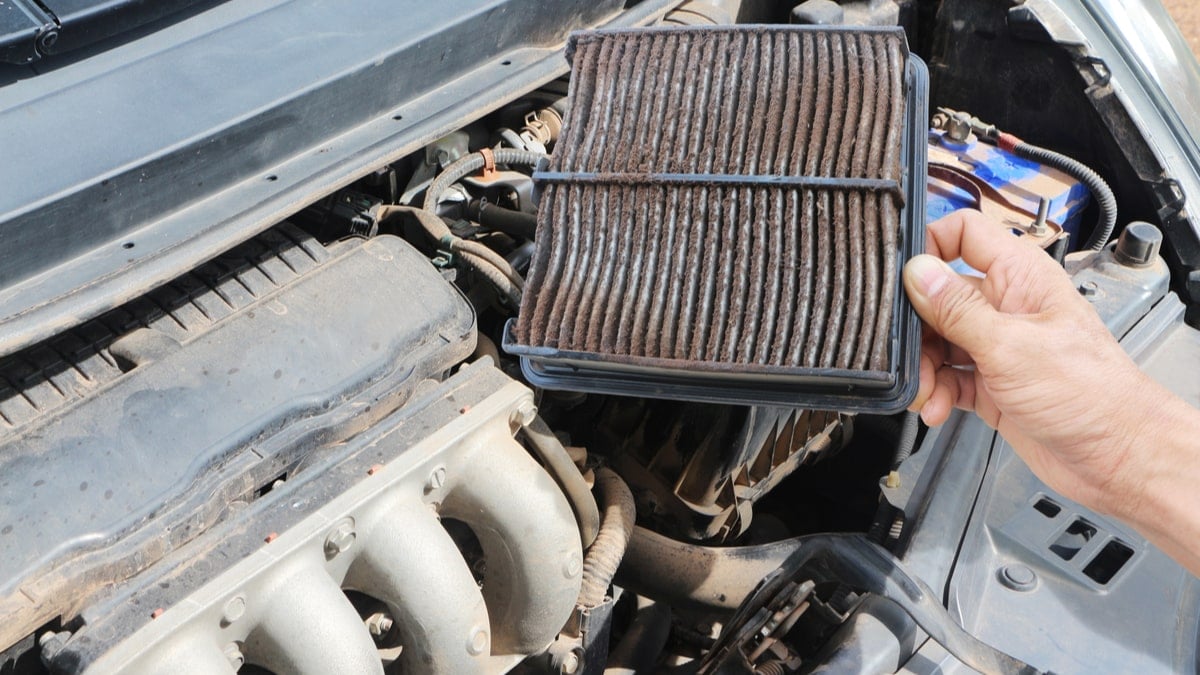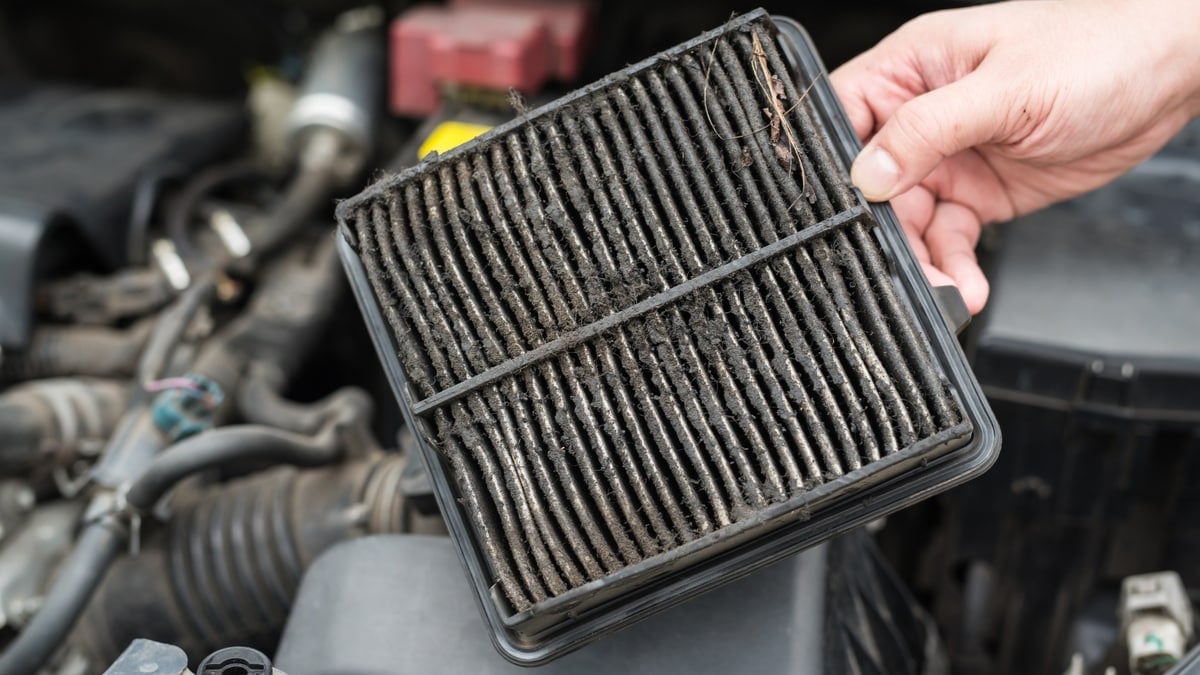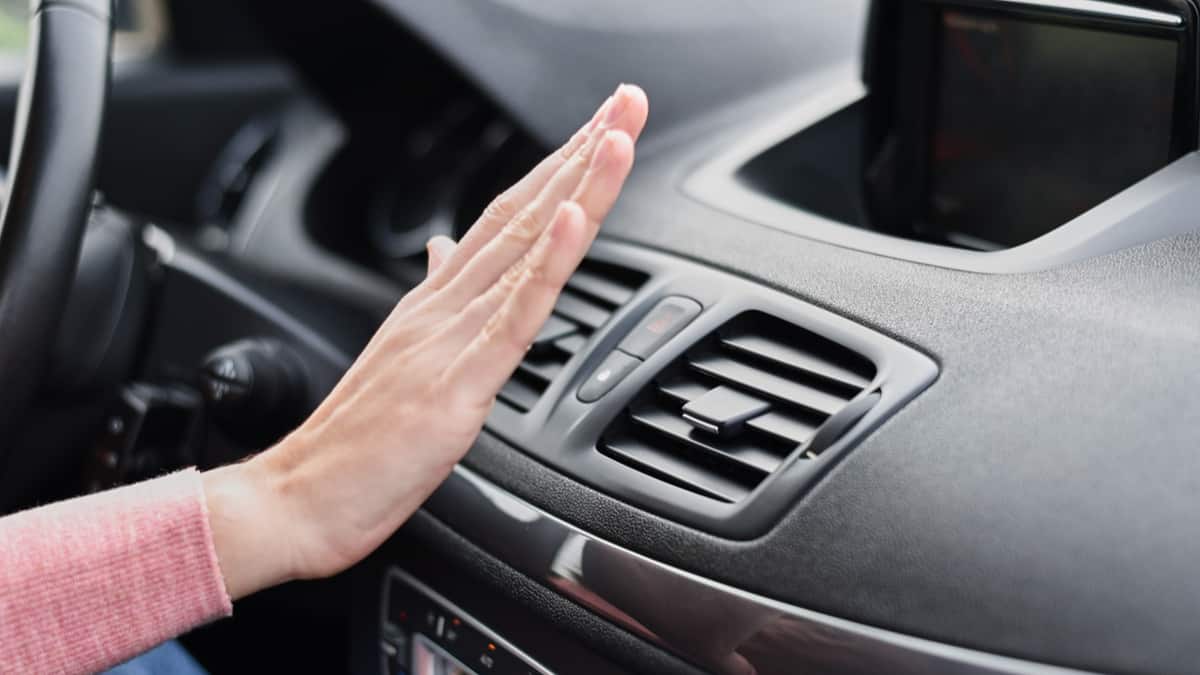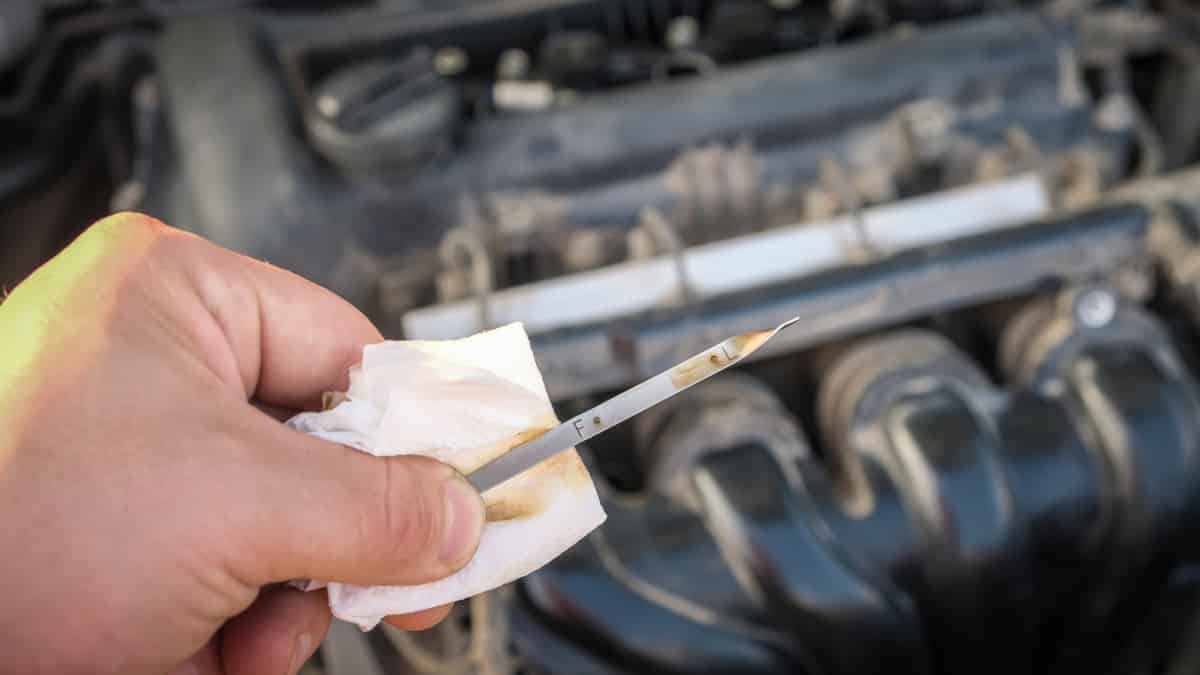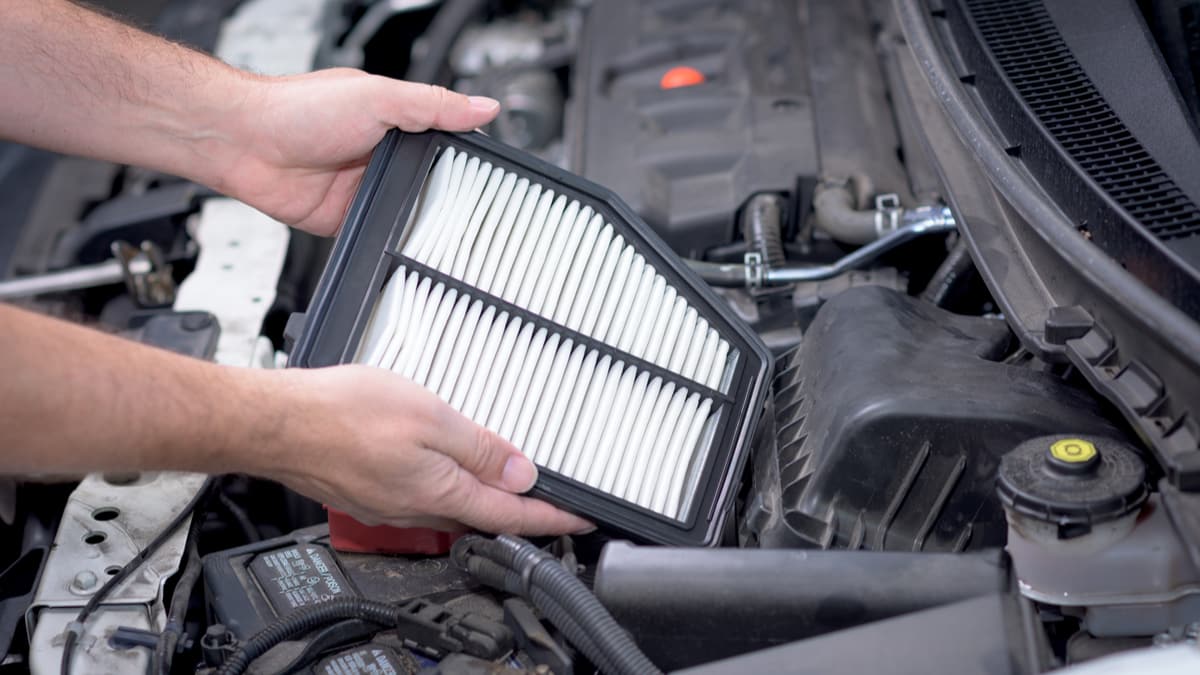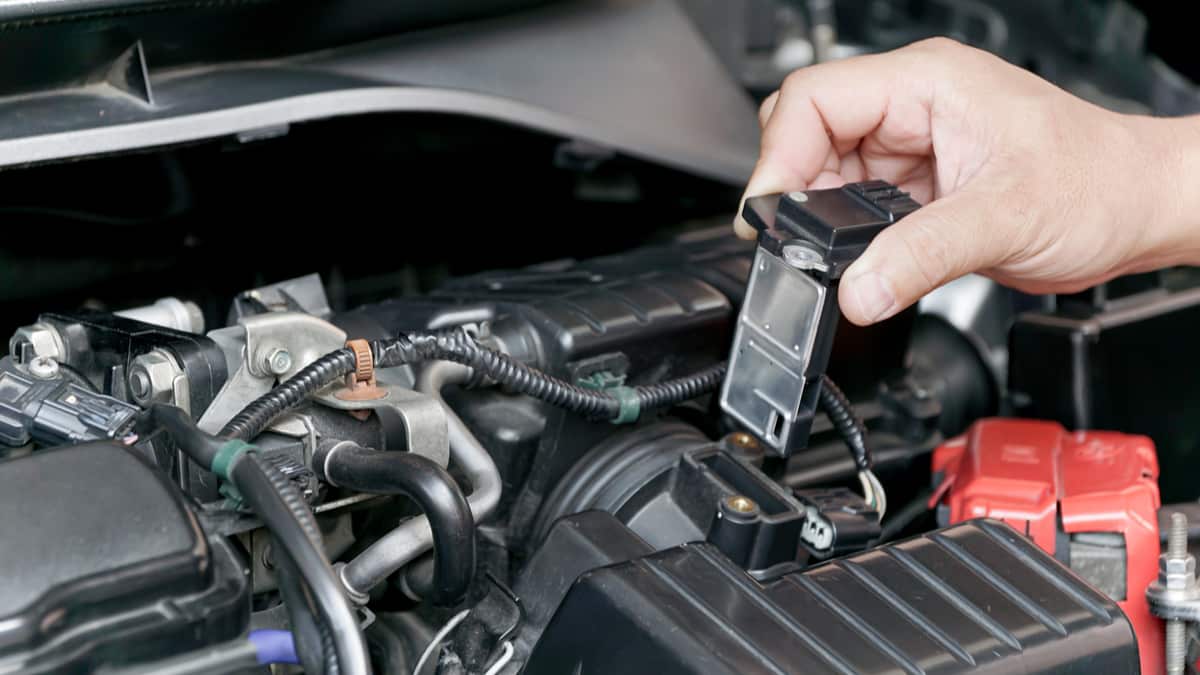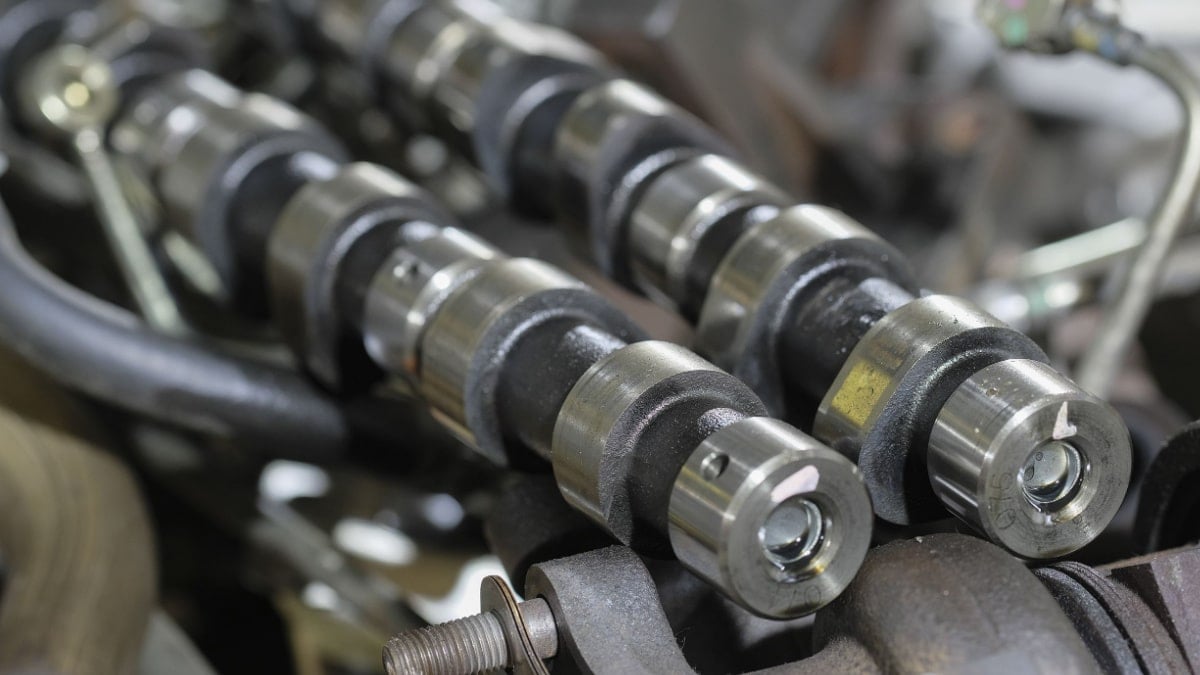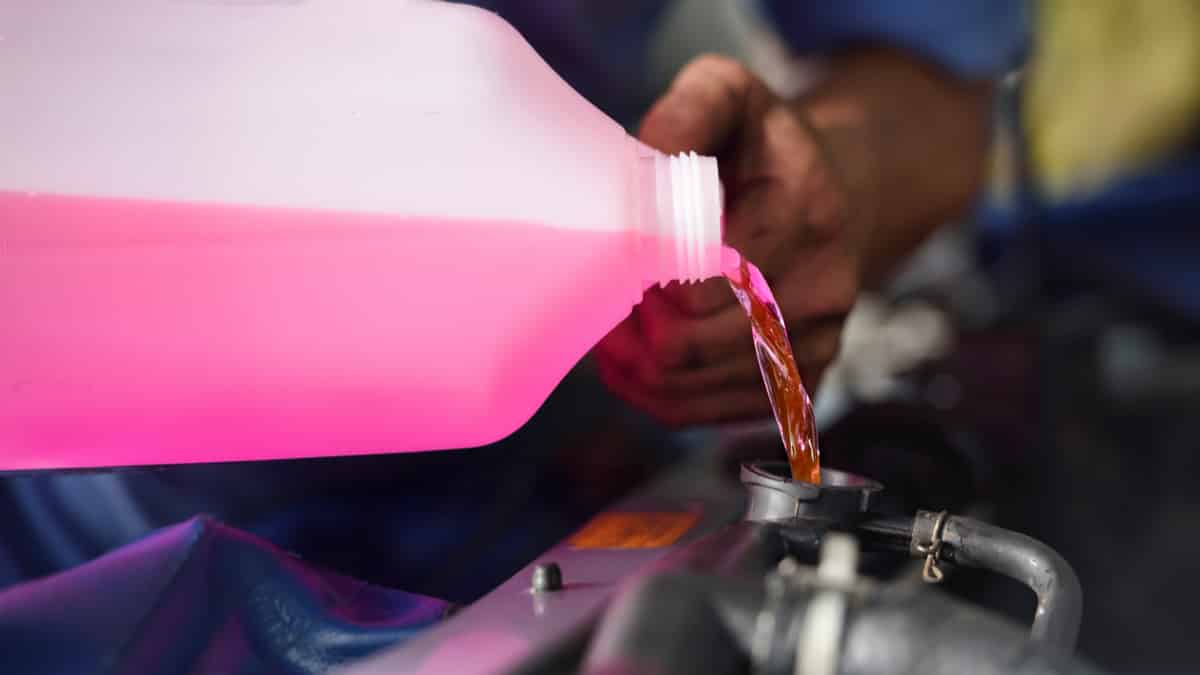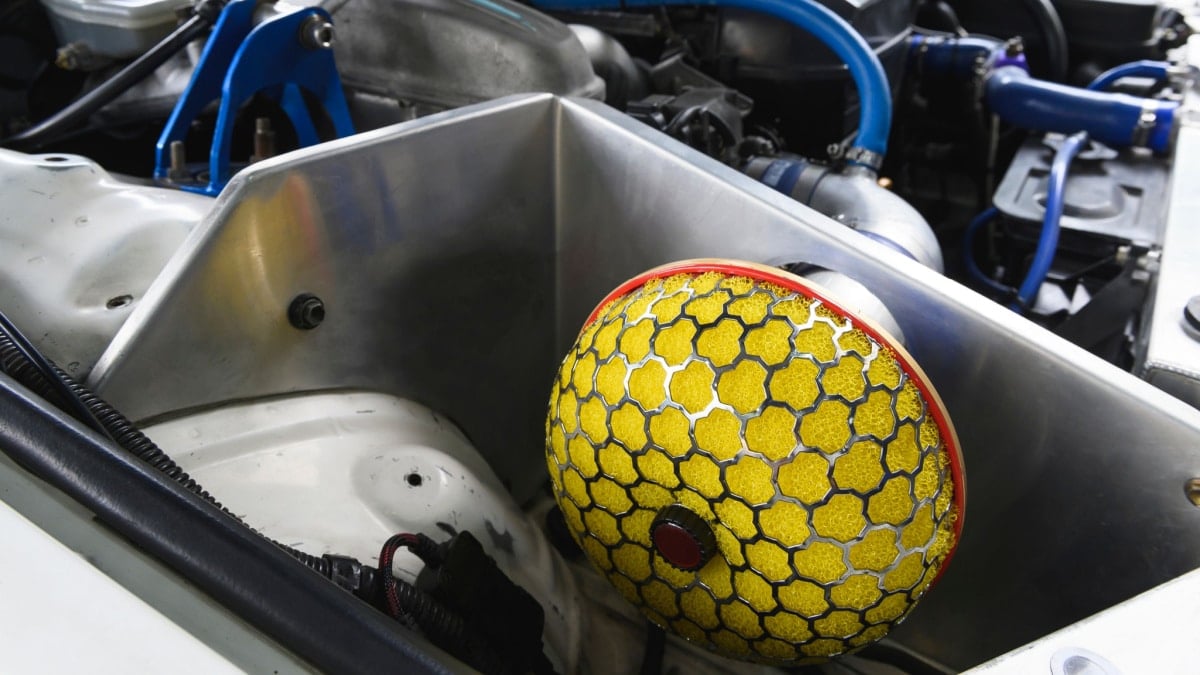If you are looking to gain more power from your vehicle, you are likely looking at all of your aftermarket options. Creating good airflow will help to increase horsepower, which is why many people opt to install a cold air intake.
In this guide, I show you what a cold air intake is, plus I examine both the pros and cons of installing one. At the end of the article, I will cover some basic steps to perform cold air intake installation.
How much horsepower does a cold air intake add?
A cold air intake can improve your engine’s performance by 0 to 20 horsepower, depending on the car model and engine. Large and turbocharged engines will often see the most improvement from installing a cold air intake.
Smaller non-turbocharged engines will most likely not see a noticeable performance change by installing a cold air intake. However, this isn’t the only benefit, which is why cold air intake is often a great investment.
RELATED: 10 Best Cold Air Intakes – Review & Buyer’s Guide
What is a Cold Air Intake?
Modern vehicles are set up to avoid pulling hot air into the engine, but there’s usually still room for improvement. With an aftermarket cold air intake, tubing is included to relocate the filter and cold air box to avoid any heated air entering the motor. These kits usually also include a performance filter for better gains.
Depending on how much you spend, you might also get a large throttle body with your kit. Otherwise, it could also include a ram scoop to push more air into the intake for even better performance.
Pros of a Cold Air Intake
1. Increased Horsepower
For many people, the reason for upgrading to a cold air intake is to get more horsepower out of the engine. Because the intake directs cooler air into the engine, the fuel burns more efficiently for added power.
As the oxygen combustion increases, you see a boost in horsepower. In some cars, you might only see five horsepower added, but others can achieve a larger gain. It all depends on the car you drive and what cold air intake you choose.
RELATED: How to Increase Car Engine’s Horsepower & Torque? (8 Steps)
2. Improved Acceleration
With the increased horsepower, you should also see a boost in the acceleration times. Your vehicle becomes more responsive as cold air is pumped into the combustion chamber.
Because cold air is denser than hot air, there’s more of it available during combustion. With this increased efficiency, you will be able to hit desired speeds much faster. Think of the benefits of this acceleration when you pull out onto an interstate or highway.
3. Better Mileage
With a cold air intake, you enhance the air-to-fuel ratio of your motor. The more air that flows through, the less fuel it is going to burn through.
What you see as a result is an improved gas mileage. Everyone wants fewer trips to the fuel station, especially as prices rise.
4. Improved Filters
The stock intake in your vehicle probably doesn’t have high-performance filters included. Instead, the material is likely just paper, which needs to be replaced often and can easily fail.
The aftermarket intake is going to have a sturdier filter type. These aren’t just going to protect the system better, but many of them can be cleaned instead of replaced. You may only need to clean the filter every 50,000 miles with some models.
RELATED: 10 Best Engine Air Filters for Cars – Review & Buyer’s Guide
5. Superior Sound
Once you put the cold air intake on your vehicle, you’ll notice a unique sound. It’s not only going to be louder, but also fuller.
As the engine gets more cold air, the sound becomes louder. However, you can find intakes that muffle the noise if you prefer, so you aren’t stuck with the performance-centered sound.
Cons of a Cold Air Intake
1. Need Filter Discernment
I mentioned that the cold air intake uses a better filter, but you must still be careful. With many models, you can choose what type of filter is used. If you choose a cheap filter, it could lead to trouble.
For example, foam filters allow for more horsepower, but at the same time, these filters gather too much dirt and debris, all of which could easily end up in the engine. For this reason, it’s important to perform plenty of research before you decide what to use.
2. Idle Changes
A cold air intake could have a bend reaching ninety degrees. With this type of change, the idle may be affected. It’s more noticeable when also combined with other aftermarket components.
If the engine starts to suck an excessive amount of air in, the idle will act differently. In some cases, you don’t need to do anything about it, but you might want to have a professional double-check the situation.
3. Cost
If you leave your vehicle the way it is now, you don’t have to spend any money on upgrades. To install an aftermarket cold air intake, you are going to pay out a decent amount of money.
You could spend anywhere from $50 to $1,500 for a new air intake. If you choose a performance model, the price could go even higher. If you are on a budget, you might not believe that this expense is worth the gains that are provided.
4. Difficult Installation
If you have some mechanical ability, you might be able to install your own cold air intake. However, that’s not the case for your average driver.
If you need to take your vehicle to a local mechanic for the installation, you have more of an expense than you originally thought. Factoring in this hourly rate can cause the expense to jump up significantly.
How to Install a Cold Air Intake
If you choose to perform your own cold air intake installation, you will need some basic tools. It’s also important that you choose a model that’s specific to your car. Otherwise, the fit might not be correct.
Here are some general guidelines to follow, but you should always reference the manual that came with your aftermarket part.
- Remove the cover on the air filter box.
- Take out the factory filter.
- Disconnect the MAF sensor’s power cable.
- With a set of pliers, take the clip off that holds the air filter hose in place.
- Take the screws out of the filter housing to remove it.
- Remove the MAF sensors from the housing. Make a mark on it, so you know which direction it should face.
- Put the pipe of the air intake on the engine bay to figure out the appropriate fit. You can reference the instructions to figure out what needs to be taken off.
- Make sure the new pipe is secured in place.
- Install the MAF sensor. Make sure you put it facing the correct way.
- Connect your MAF sensor with the power connector.
- Put the new air filter in place to finalize the setup.
If, at any point, this process becomes too confusing for you, it’s best to have a professional look at it closer. You don’t want to make a mistake that costs you more money than you what you needed to initially spend.
Is a cold air intake worth the money?
There are pros and cons to using a cold air intake. The main benefit is that it allows your engine to breathe more cold air, which can lead to increased performance. However, cheap cold air intake kits can cause damage to your engine. Whether or not it’s worth it is totally up to you. Don’t expect crazy results from a cold air intake kit.
Will a cold air intake damage my engine?
It’s possible that a cold air intake could damage your engine if it’s not installed correctly. If you buy a cheap cold air intake kit with a bad engine air filter, it can also cause damage to your engine. Ensure that you buy a cold air intake kit from a known and reputable company.
Does a cold air intake save more gas?
Cold air intakes funnel cooler air into the engine, which can lead to more efficient combustion and better fuel economy. Overall, though, the extent to which a cold air intake will improve gas mileage varies depending on the make and model of car. You shouldn’t expect any huge results from just a cold air intake kit, though.
Does a cold air intake increase sound?
Yes. A cold air intake kit increases the engine sound in most car models. However, it depends on a variety of factors such as the make and model of the car, the design of the cold air intake, and the installation. In general, a cold air intake should increase the sound of your engine because it allows for more airflow and higher RPMs.
Categories: Engine
